#Ojibwe
Text
End blood quantum now
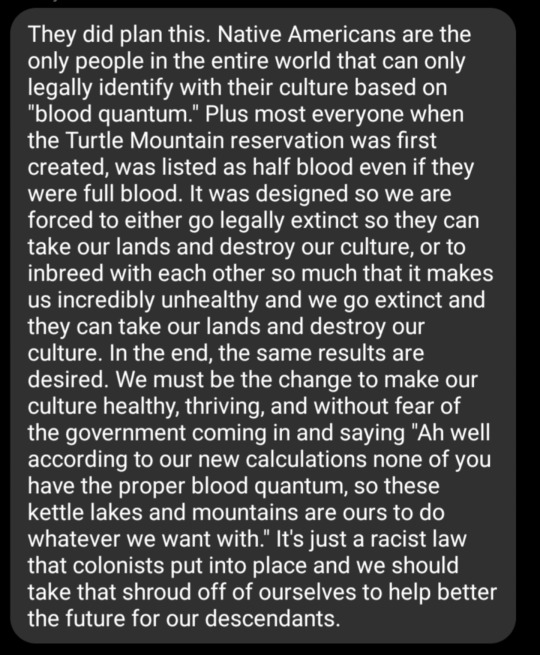
Blood quantum is how much native blood you have in you and it needs to be a certain threshold to qualify you as a tribal member. Blood quantum varies from tribe to tribe.
It means my mom is a tribal member but because my dad is outside of my tribe... I don't have enough tribal blood to enroll. Neither does my daughter. Our "official" indigeneity ended with me.
My dad is still native tho. Just southern native. Others have two parents enrolled in separate tribes and can't enroll in either one despite being Full native because their parents were mixed with other tribes so they don't have enough blood of Any tribe to qualify.
And to what end are they doing this?
Under the treaties the US govt can lay no claim to native land. So how do they fix that? Get rid of the natives, of course.
And since they can't slaughter us in broad daylight anymore they did the next best thing. What the colonial government has ALWAYS done to us and other poc.
Made up a bunch of arbitrary laws to restrain and limit our power and numbers.
And this can't continue. We are the only race who needs to apply to be part of the community we were born into. The only race who needs to prove our blood.
And that's the thing: it's not even based on blood. Racist scientists defined who was a full-blooded native based on things like shoe size, head circumference, and skin pigment.
Not blood. And besides that it wasn't uncommon for outsiders to become part of a tribe!! You didn't need to be native by blood to be native! Blood quantum has made it IMPOSSIBLE for them to qualify and made it impossible for tribes to practice that long time aspect of our culture.
So please share this post. So many people legitimately think natives are extinct and even less are aware that we do more than just sit around drinking all day. Few people have good feelings about us and within that there are a few who actively help. Please be one of those few.
We need support and allies and for our voices to be heard. Please don't let this post just be me screaming into a void. We need people to know what blood quantum is, how archaic and harmful it is, and to help us spread awareness to people who otherwise would ignore us. Use your privilege.
#ndn#native american#chippewa#tmbc#indigenous#ojibwe#blood quantum#colonization#decolonize#native issues#awareness#biden#democrats#liberals#leftists#anarchists#current events#2024#2023#mutual aid#direct action#leftist#lgbt#capitalism#imperialism#usa#usa politics
52K notes
·
View notes
Text
The Wend*go is Not Your Cryptid
I'm Algonquin/Ojibwe and this is a spirit that comes from our teachings.
As a young child, the elders taught me to never even SPEAK its name, to not even sing its songs. When we sang a song about it during drumming group one year, we all got in trouble.
You do not spell the word or speak the word.
It's NOT a "cryptid" or a "spooky story" for white people to appropriate.
Its bearly spoken about in our own communities, and even then, only very carefully.
Again, not because its "creepy" but because its respected and something in our traditions that is not played around with; so its certainly not for non-ojibwe/algonquin people to speak about whatsoever. Period.
10K notes
·
View notes
Text
“Grandma’s House is not like a drop-off daycare or an immersion school where only the children learn. Through a grant from the Blue Cross and Blue Shield of Minnesota Foundation, parents get paid to learn alongside and speak with their children in Ojibwe five hours a day, four days a week.
…
‘Learning Ojibwe in college and pursuing learning the language and teaching the language, I hadn't really thought about babies speaking it as their first language,’ Erdrich said.
‘It seemed like this impossible thing because of how much work it would be, how hard it would be to have a whole community and other babies to be speaking Ojibwe, but it's happening! And it's amazing because it's the peer language here so the kids are speaking Ojibwe to each other,’ she said.
…Grandma’s House is not like other college language programs. Learning a Native language in an academic setting is beneficial for language revitalization, but academic learning does not usually include learning the traditions, heritage or spirit within a Native community.
…
Although it’s common to refer to a language no longer commonly spoken as a ‘dead language,’ some people in the language revitalization movement instead refer to them as ‘asleep.’ The idea is that sleeping languages can be awakened through family and community efforts.
Waking up Native languages can also bring intergenerational healing.”
#linguistics#language#sociolinguistics#language and identity#language and culture#language and power#langblr#language learning#language acquisition#language revitalization#ojibwe#anishinaabe#minnesota#indigenous#indigenous languages
9K notes
·
View notes
Text
"Be cunning, and full of tricks, and your people will never be destroyed"
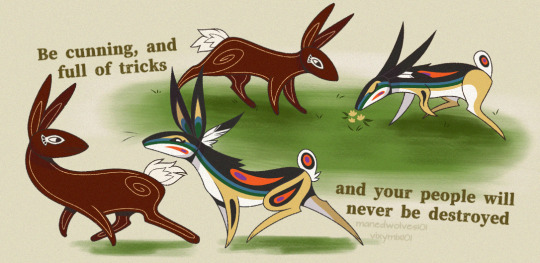
Okay for context the other rabbit is nanabozho! (Also called Wenabozho, Nanaboozhoo, Nanabush and Manabozho, they have a lotta names--) and he's a prolific and prominent character in many of my people, the anishinaabe (Ojibwe), stories!
I drew him interacting with el-ahrairah because he reminds me so much of nanabush-- they both have a connection to a higher power, their gods, both are tricksters, both are part of their respective creation myths, and both care deeply about their people!
Nanabozho is a shape shifter, while he takes many forms their most common is a hare! So that just made me think of them even more fjdndndn
(I posted this on insta a while back and the artist for the Watership Down graphic novel liked it and I still haven't recovered mentally from that--/pos)
Oh btw, nanabush is genderfluid, no I am not joking--
#art#digital art#fanart#watership down#watership down fanart#Watership down art#nanabush#nanabozho#Ojibwe#anishinaabe#anishinaabe art#Ojibwe art#el ahrairah#rabbits
1K notes
·
View notes
Text

Article Link
"Minnetonka first started selling its “Thunderbird” moccasins in 1965. Now, for the first time, they’ve been redesigned by a Native American designer.
It’s one step in the company’s larger work to deal with its history of cultural appropriation. The Minneapolis-based company launched in the 1940s as a small business making souvenirs for roadside gift shops in the region—including Native American-inspired moccasins, though the business wasn’t started or run by Native Americans. The moccasins soon became its biggest seller.

[Photo: Minnetonka]
Adrienne Benjamin, an Anishanaabe artist and community activist who became the company’s “reconciliation advisor,” was initially reluctant when a tribal elder approached her about meeting with the company. Other activists had dismissed the idea that the company would do the work to truly transform. But Benjamin agreed to the meeting, and the conversation convinced her to move forward.
“I sensed a genuine commitment to positive change,” she says. “They had really done their homework as far as understanding and acknowledging the wrong and the appropriation. I think they knew for a long time that things needed to get better, and they just weren’t sure what a first step was.”

Pictured: Lucie Skjefte and son Animikii [Photo: Minnetonka]
In 2020, Minnetonka publicly apologized “for having benefited from selling Native-inspired designs without directly honoring Native culture or communities.” It also said that it was actively recruiting Native Americans to work at the company, reexamining its branding, looking for Native-owned businesses to partner with, continuing to support Native American nonprofits, and that it planned to collaborate with Native American artists and designers.
Benjamin partnered with the company on the first collaboration, a collection of hand-beaded hats, and then recruited the Minneapolis-based designer Lucie Skjefte, a citizen of the Red Lake Nation, who designed the beadwork for another moccasin style and a pair of slippers for the brand. Skjefte says that she felt comfortable working with the company knowing that it had already done work with Benjamin on reconciliation. And she wasn’t a stranger to the brand. “Our grandmothers and our mothers would always look for moccasins in a clutch kind of situation where they didn’t have a pair ready and available to make on their own—then they would buy Minnetonka mocs and walk into a traditional pow wow and wear them,” she says. Her mother, she says, who passed away in 2019, would have been “immensely proud” that Skjefte’s design work was part of the moccasins—and on the new version of the Thunderbird moccasin, one of the company’s top-selling styles.
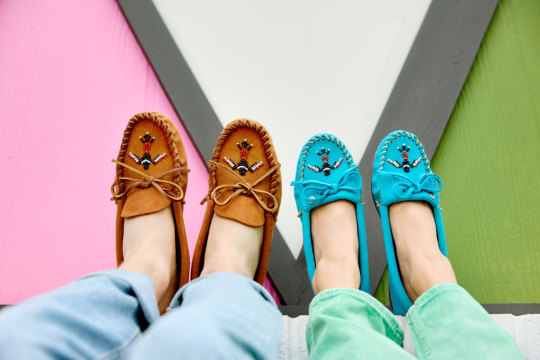
[Photo: Minnetonka]
“I started thinking about all of those stories, and what resonated with me visually,” Skjefte says. The redesign, she says, is much more detailed and authentic than the previous version. “Through the redesign and beading process, we are actively reclaiming and reconnecting our Animikii or Thunderbird motif with its Indigenous roots,” she says. Skjefte will earn royalties for the design, and Minnetonka will also separately donate a portion of the sale of each shoe to Mni Sota Fund, a nonprofit that helps Native Americans in Minnesota get training and capital for home ownership and entrepreneurship.
Some companies go a step farther—Manitobah Mukluks, based in Canada, has an Indigenous founder and more than half Indigenous staff. (While Minnetonka is actively recruiting more Native American workers, the company says that employees self-report race and it can’t share any data about its current number of Indigenous employees.) Beyond its own line of products, Manitobah also has an online Indigenous Market that features artists who earn 100% of the profit for their work.
White Bear Moccasins, a Native-owned-and-made brand in Montana, makes moccasins from bison hide. Each custom pair can take six to eight hours to make; the shoes cost hundreds of dollars, though they can also be repaired and last as long as a lifetime, says owner Shauna White Bear. In interviews, White Bear has said that she wants “to take our craft back,” from companies like Minnetonka. But she also told Fast Company that she doesn’t think that Minnetonka, as a family-owned business, should have to lose its livelihood now and stop making moccasins.
The situation is arguably different for other fashion brands that might use a Native American symbol—or rip off a Native American design completely—on a single product that could easily be taken off the market. Benjamin says that she has also worked with other companies that have discontinued products.
She sees five steps in the process of reconciliation. First, the person or company who did wrong has to acknowledge the wrong. Then they need to publicly apologize, begin to change behavior, start to rebuild trust, and then, eventually, the wronged party might take the step of forgiveness. Right now, she says, Minnetonka is in the third phase of behavior change. The brand plans to continue to collaborate with Native American designers.
The company can be an example to others on how to listen and build true relationships, Benjamin says. “I think that’s the only way that these relationships are going to get any better—people have to sit down and talk about it,” she says. “People have to be real. People have to apologize. They have to want to reconcile with people.”
The leadership at Minnetonka can also be allies in pushing other companies to do better. “My voice is important at the table as an Indigenous woman,” Benjamin says. “Lucie’s voice is important. But at tables where there’s a majority of people that aren’t Indigenous, sometimes those allies’ voices are more powerful in those spaces, because that means that they’ve signed on to what we’re saying. The power has signed on to moving forward and we agree with ‘Yes, this was wrong.’ That’s the stuff that’s going to change [things] right there.”"
-via FastCompany, February 7, 2024
#indigenous#indigenous artists#indigenous art#moccasins#thunderbird#native american#native american art#cultural appropriation#indigenous peoples#cultural representation#minnesota#minnetonka#minneapolis#red lake nation#ojibwe#anishinaabe#reconciliation#fashion#fashion news#good news#hope#indigenous designers#native artist#indigenous artist
1K notes
·
View notes
Text

Choctaw and Ojibwe woman, Mikah Whitecloud, United States of America, by Evan Frost
#choctaw#ojibwe#united states of america#north america#america#folk clothing#traditional clothing#traditional fashion#cultural clothing
1K notes
·
View notes
Text
The 50th anniversary of AIMs (American Indian Movement's) occupation at Wounded Knee is coming up, so the Lakota People's Law Project is leading another push to free an AIM activist who was wrongly convicted of killing two federal agents in 1975- Leonard Peltier. He was convicted on false evidence and false testimony and sentenced to two life sentences. He is now 78.
LPL has a formatted email up on their website now which you can personalize and send to Biden to ask for clemency. (Please personalize emails like this so it doesn't get filtered as spam. Just move some words around, add some, take some, you don't have to write a whole email.) Please pass this around.
#leonard peltier#aim#american indian movement#leonard peltier defense committee#wounded knee#protest#occupation#political prisoners#petition#president biden#clemency#action#lakota#ojibwe#advocacy#native rights#indigenous people#legal action#federal prison#indian boarding schools#boarding school#history#bishop desmond tutu#nelson mandela#dalai lama#chase iron eyes#legal defense#activists
3K notes
·
View notes
Text
Tbh it's fucked up that dreamcatchers are more often associated with a particular flavor of white woman as opposed to...like, the ojibwe people?
466 notes
·
View notes
Text
The galaxy of Star Wars is expanding once again as plans take shape to translate the original 1977 Hollywood hit into the Ojibwe language.
Lucasfilm, the Dakota Ojibway Tribal Council and the University of Manitoba said they’ve reached an agreement to record a dubbed Ojibwe version of Star Wars: A New Hope.
The first film in George Lucas’ popular sci-fi series introduces many of the beloved characters, including Jedi Knight Luke Skywalker, Princess Leia and Han Solo and his Wookiee co-pilot, Chewbacca.
Continue Reading
Tagging @politicsofcanada
#cdnpoli#canada#canadian politics#canadian news#indigenous#first nations#ojibwe#ojibwe language#star wars#language preservation
209 notes
·
View notes
Text
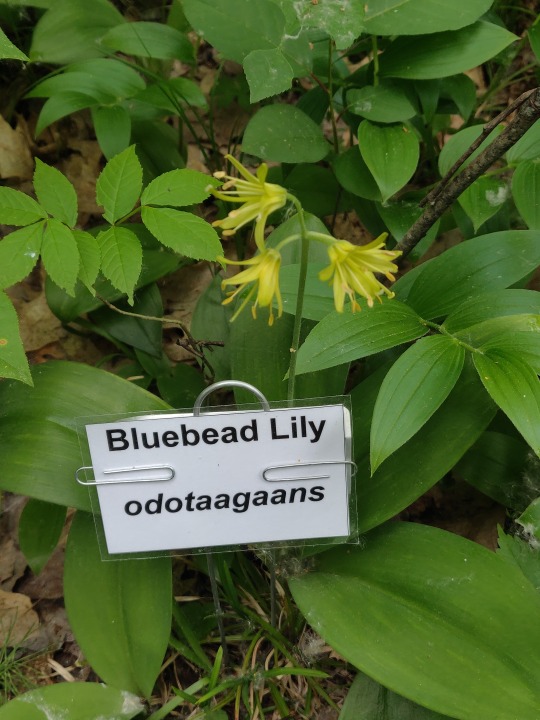



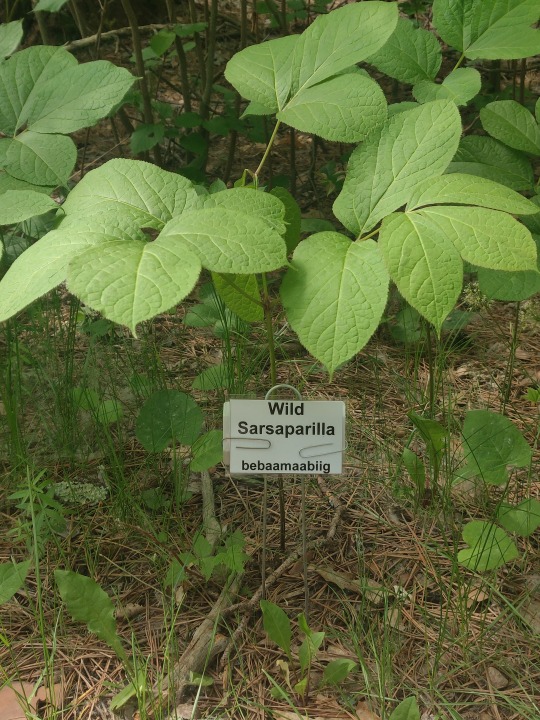
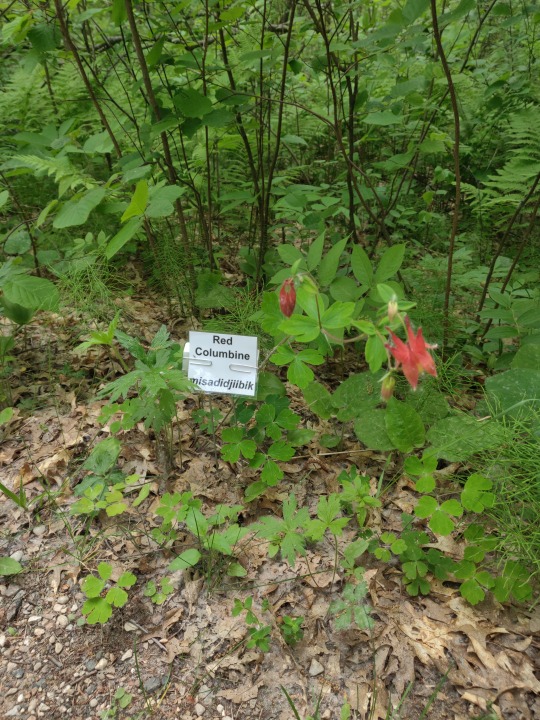
Bog plants, with their names in Ojibwe
#plants#bog#botany#nature#nature photography#photography#ojibwa#ojibwe#anishinaabe#minnesota#midwest#forest#flowers#wildflowers#mine#native american#land back
602 notes
·
View notes
Note
I’ve seen Palestinians refer to their homeland as Occupied Palestine and “Israel” as the occupation, to better illustrate the settler colonial history of “Israel” and deny it legitimacy. As “America” is also a settler colony, would it be accurate to refer to the so-called “USA” in general as Occupied Turtle Island/the American Occupation or is that terminology specific to Palestine?
Turtle Island is the name given to North America by the Anishinaabe, though it's certainly not the only indigenous name. The Anishinaabe/Ojibwe/Chippewa just happen to be one of the largest native group so a lot of our terms are more easily popularized.
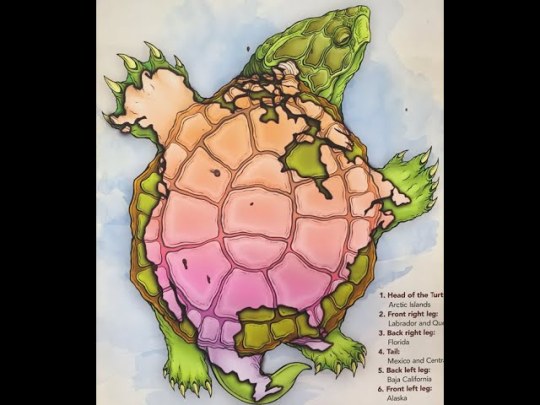
And I'd say yes and no as for it's accuracy tbh.
Like with Palestine, you have to be Very Clear when differentiating the people of Turtle Island and our wants from the US government and the people who support the US government.
You can't support Palestinian liberation and the existence of the state colonizing them. In the same way you can't claim to support Native liberation and Turtle Island but still want to remain our colonizer.
It's one thing to say you support native sovereignty, it's another entirely to realize that support in practice would mean calling & working for the US to be dismantled; it means Choosing to be a person from Turtle Island instead.
So yes, call it Turtle Island, but say it with the understanding and gravity of it.
Start by learning 5 medicinal plants and 5 edible plants in your area, figure out how you can support local tribes. Learn how to be from Turtle Island instead of the USA. Find values and principles to believe in that are your own and not just moralized propaganda.
The less dependent you are on the US, the less freedom you realize you have within it.
#asked#answered#turtle island#settler colonialism#colonization#decolonization#Decolonize#ojibwe#chippewa#Anishinaabe#anishinaabemowin#first nations#native american#ndn
830 notes
·
View notes
Text
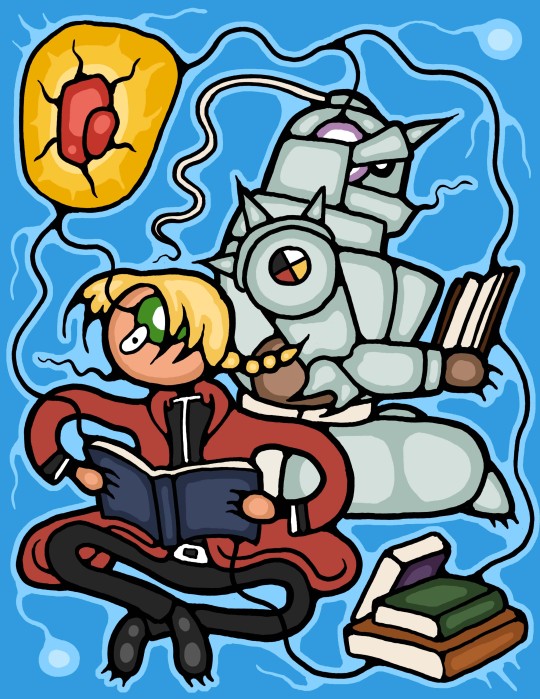
I'm putting together a sister account for all my anishinaabe style designs. It's not ready yet though. Here's some Full Metal Alchemist!
107 notes
·
View notes
Text
the word for insects (worms and germs) in Ojibwe is “manitoosh” which literally translates to “tiny cute spirit”.
I think this is amazing and also beautiful
#orb pondering#wizard#wizard orb#wizard pondering his orb#wizard posting#wizardcore#wizardposting#pondering my orb#botany#ojibwe#anishinaabe#Anishinaabemowin#entomology#insects
1K notes
·
View notes
Text
Dibaajimowin. Kade Ferris put this site together as a hub for research--both in stories but also to provide links on learning Ojibwe, Cree, and Michif.
111 notes
·
View notes
Text
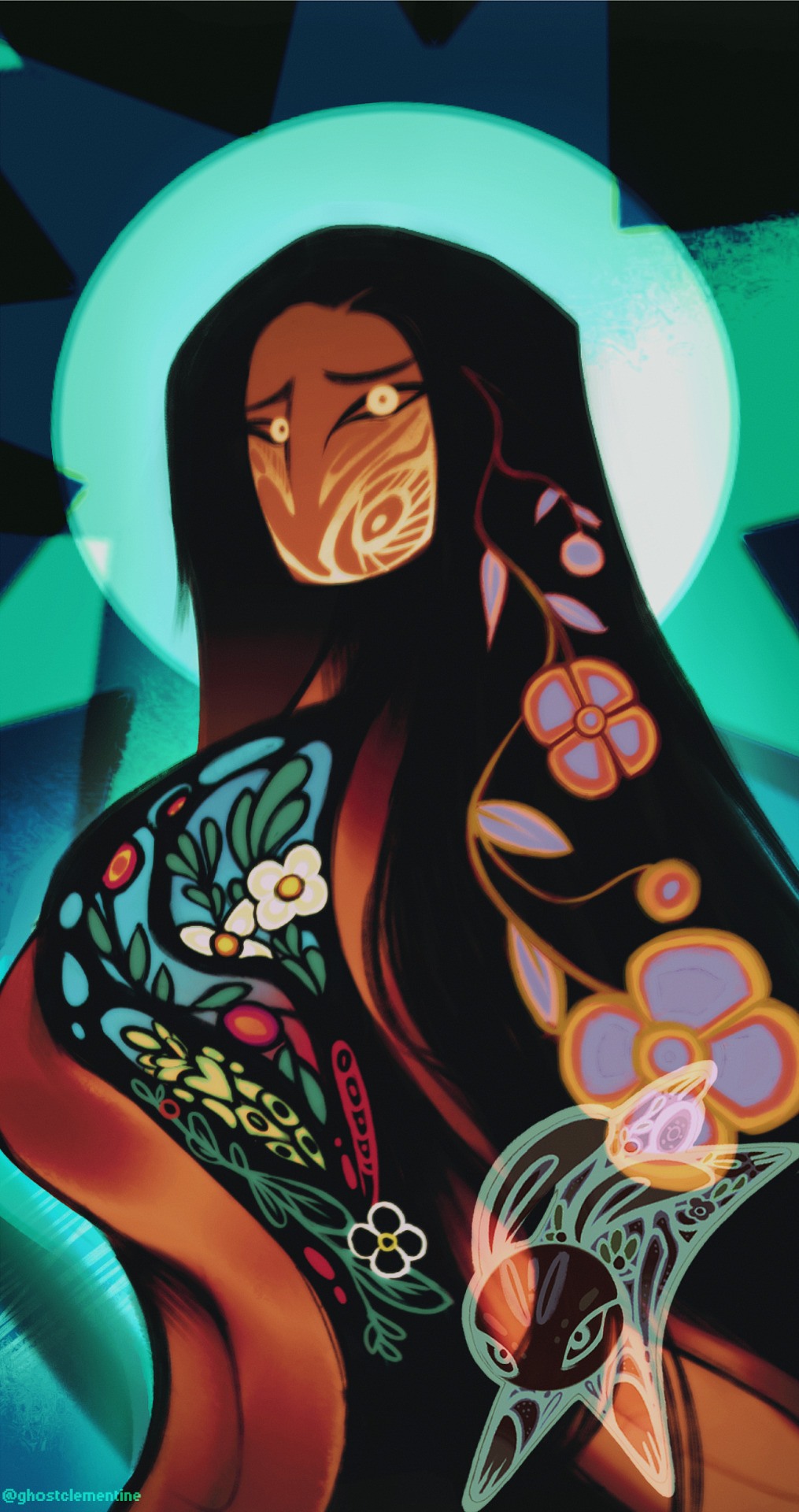
🐇👻 jiibayaabooz 👻🐇
• nanabozho beloved little brother who looks after the spirits in the spirit world.
(2021)
#my art#ghostclementine art#digital art#artists on tumblr#art#digital drawing#digital artist#anishinaabe#indigenous#indigenous art#indigenous artist#indigenovember#native artist#native art#ndn art#rabbit#bunny#spirit#beadwork#ojibwe#saulteaux#woodlands style
285 notes
·
View notes